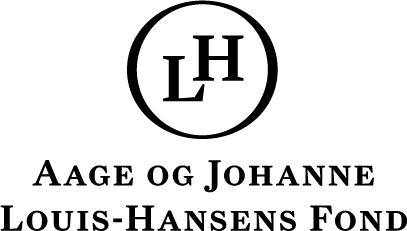New funding for Save the Loom project
The Danish Loom from the 17th to 20th century – how can it be described, documented and preserved?
Eva Andersson Strand, head of Centre for Textile Research, and Save the Loom has received funding from the Louis-Hansen Fund and the Beckett-Fund to undertake a pilot project with registrating and defining loom types in Danish museum collections that will be running until the summer of 2024.
In Denmark, looms, weavers, and the way craft knowledge was passed on in the period from the 17th to 20th century underwent a huge development. Before the industrialisation, weaving was conducted as both a professional craft in market towns and as household production on smaller farms in rural villages. During the industrialisation, the automization of looms made handweavers and handlooms redundant. In the late 19th century, a new era for handweaving began with the organisation for handicraft and crafting at the Folk High School institutions. New types of looms were developed, new ways of teaching weaving were established, and new styles of woven textiles were introduced. This handweaving tradition co-existed with the powered machine looms of the textile industry. For several reasons, the handweaving tradition suffered a setback and there have been no new looms produced in Denmark since the 1980s. Now, there are only a few schools that offer an education in handweaving, and it is not a common subject in public schools any more. It has become a rare and unique handicraft, practiced by a small and often elderly part of the population. The goal of the Save the loom project is to obtain new knowledge about looms, weavers, and the passing on of craft knowledge in the past, so that history can build a bridge from the present to revive handweaving in the future.
Follow the project.
 |
 |
